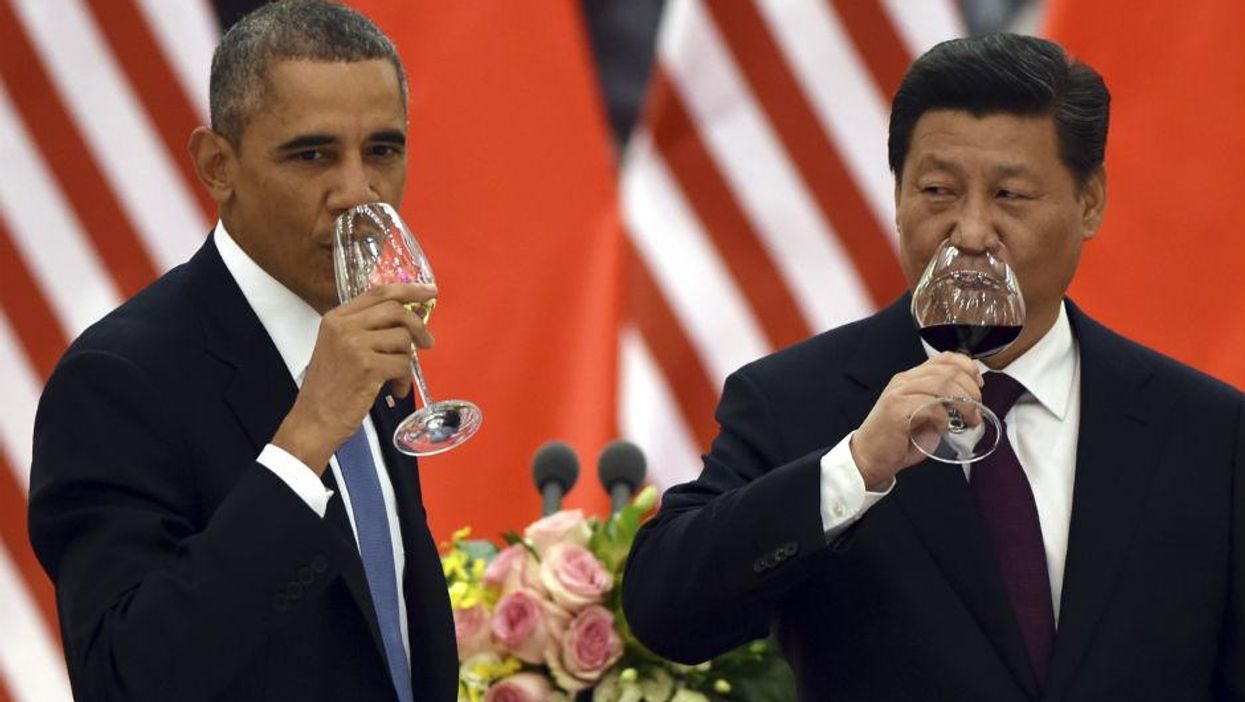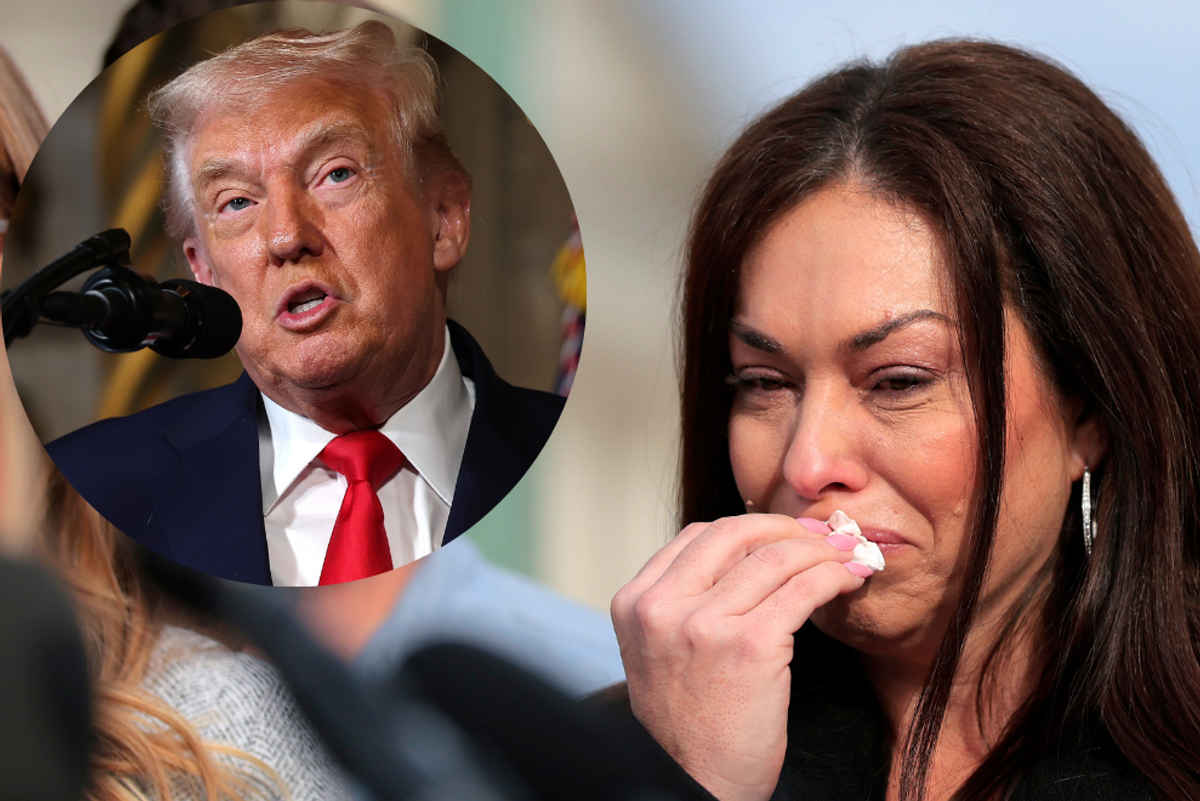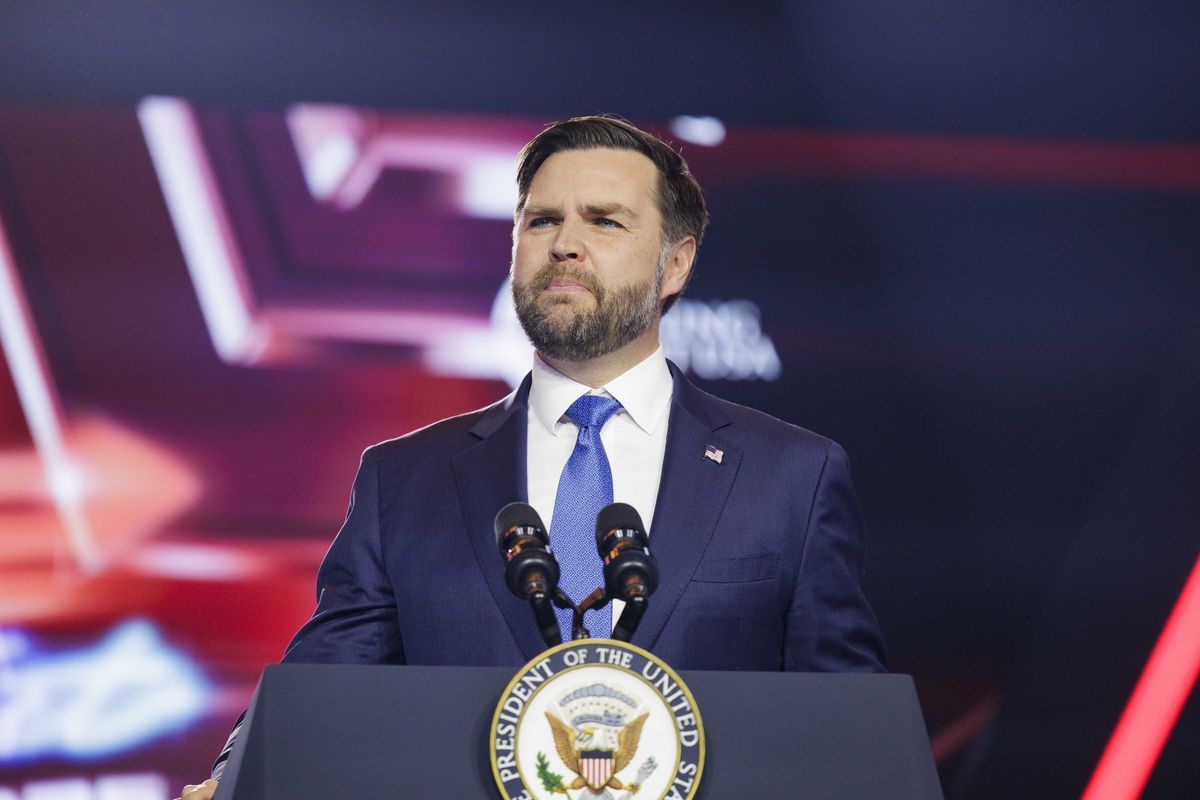News
Evan Bartlett
Nov 12, 2014

Barack Obama and Xi Jinping finalised the deal at the Apec summit in Beijing
China and the US, the two biggest polluters in the world, have been secretly negotiating for nine months to agree what Barack Obama has dubbed a “historic” deal on reducing carbon emissions.
The US has pledged to reduce emissions by 26-28 per cent by 2025 compared to 2005 levels and China pledged to reduce their emissions from 2030 onwards.
Because this is the first time that China has set an approximate date for an emissions peak, the news has been welcomed by the international community, however there are issues.
One problem is that the US, which has a far higher carbon footprint per capita than China, is using 2005 as its benchmark, as opposed to the international standard of 1990 – this makes the figures look more favourable than they are in reality.
A senior campaigner for Friends of the Earth (FOE) told i100.co.uk that, while the news is welcome, “this is not the deal that’s going to save the planet”.
The targets are nowhere in line with what we need to see to limit the global warming to two degrees [compared to pre-industrial levels] and are not a fair effort from the US and this attempt to spin them as ‘ambitious’ is a massaging of the figures.
People are saying Obama is ‘showing some leadership in the face of Republican opposition’ but it’s very difficult to understand how the US is actually going to deliver this.
- Asad Rehman, senior campaigner on international climate, for FOE
Another issue is that the agreement, which was done behind closed doors, is also only a voluntary pledge and therefore neither country is bound by international law to meet their promises – something FOE deems crucial.
It is however, an indication that China is taking climate change seriously, according to Mr Rehman:
China, domestically, has been curtailing its pollution already. It has more renewables than anywhere else in the world, it has huge investment in that sector, it also recognises the climate impacts on its own population and security.
It’s looking at pollution in cities like Beijing and knows that it needs to restrict it.
- Asad Rehman
The problem is that the economy of China, as well as those of many other rapidly developing countries like India, Brazil, Mexico and Indonesia, to name a few, demand economic growth.
If the whole world aspires to develop in the same way as the industrialised countries (i.e. using vasts amounts of fossil fuels) then we could be looking at a six or seven degree warming of the planet.
- Asad Rehman
So, instead of vague, voluntary pledges like this, Mr Rehman explains that what the US, and the rest of the developed world, really needs to do is support industrialising countries by providing funding (although that is not necessarily a problem in China) and, crucially, better technology through the framework of a legally-binding international agreement.
As somebody said, we’re all in an aeroplane about to crash – some of us are in first class and some of us are in economy, but ultimately we are all looking at the same fate together.
- Asad Rehman
The agreement comes ahead of the international climate summit in Paris at the end of next year where it is hoped a legally-binding global pledge can be made.
Although fears remain in the international community that a repeat of the Kyoto Protocol (1997) could occur – an agreement the US refused to sign.
More: Republican climate change denier in line for the Senate’s top environmental job
More: These are the 10 countries most at threat from climate change
More: The world just got its final warning on climate change
More: 10 easy ways you can help to stop climate change, starting today
Top 100
The Conversation (0)













